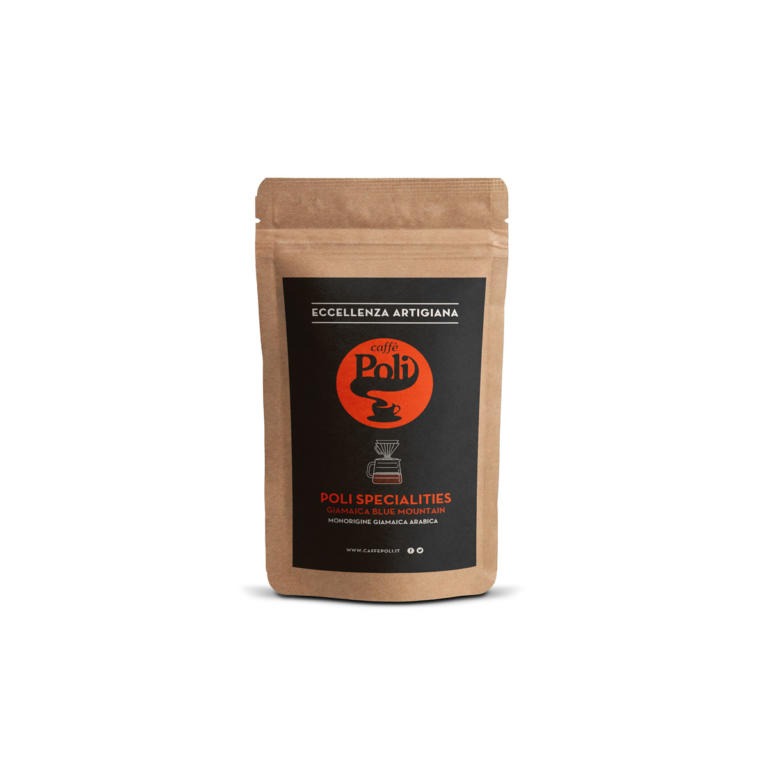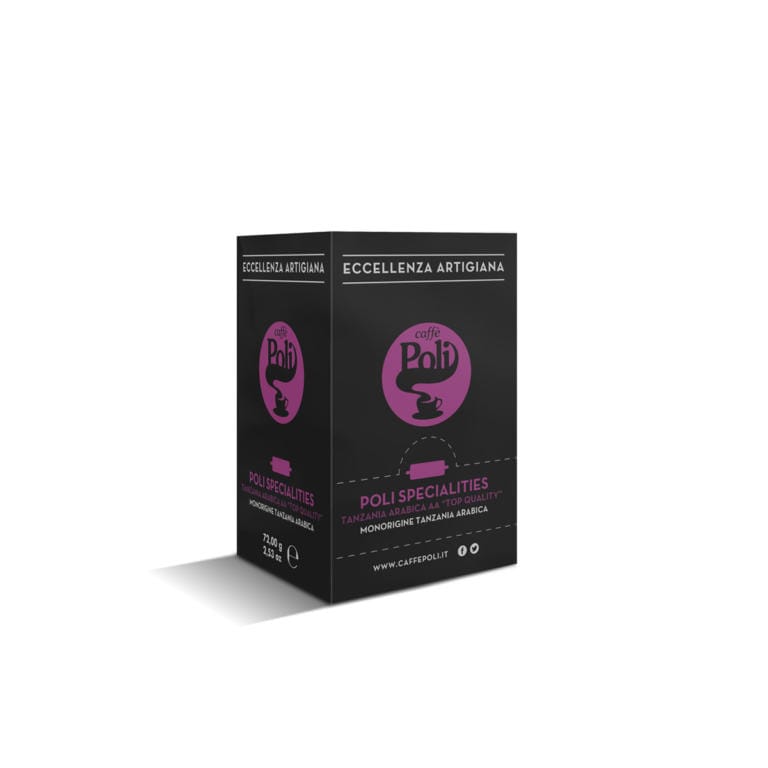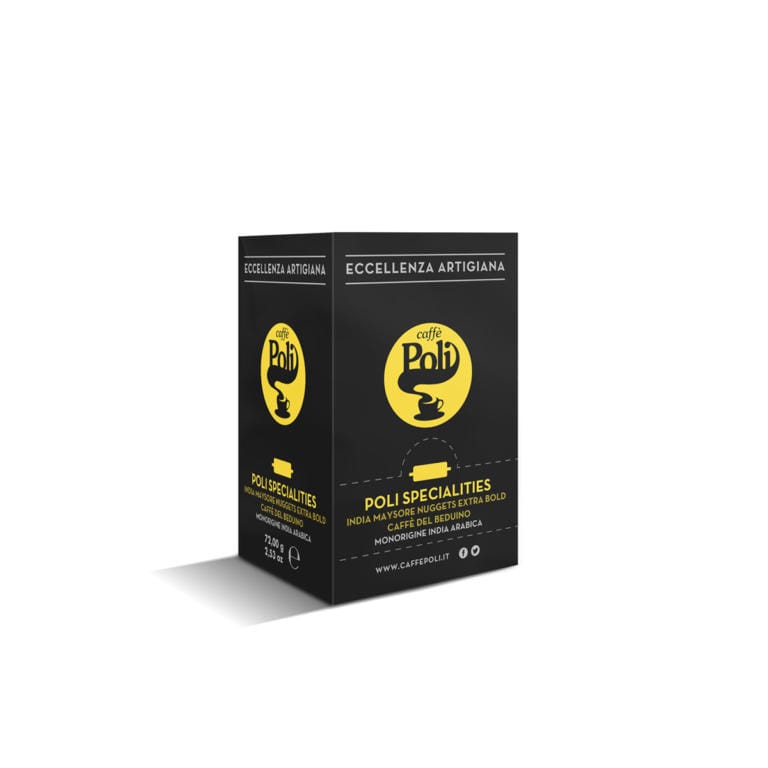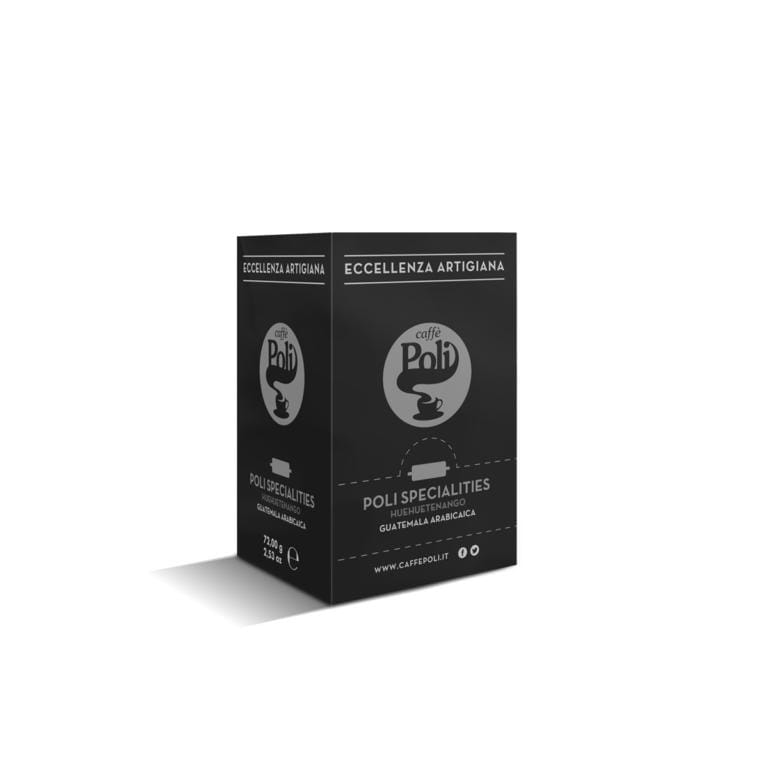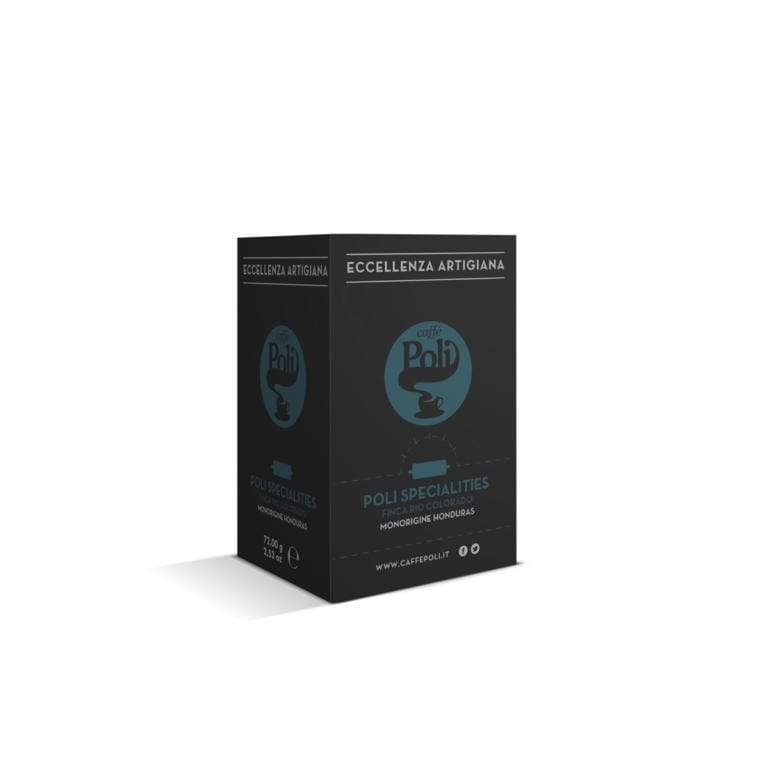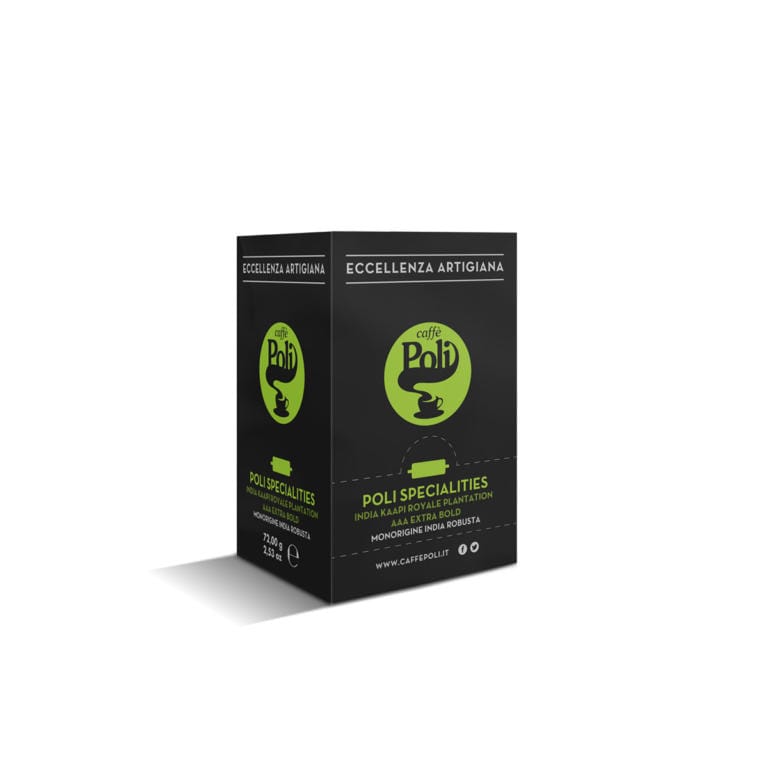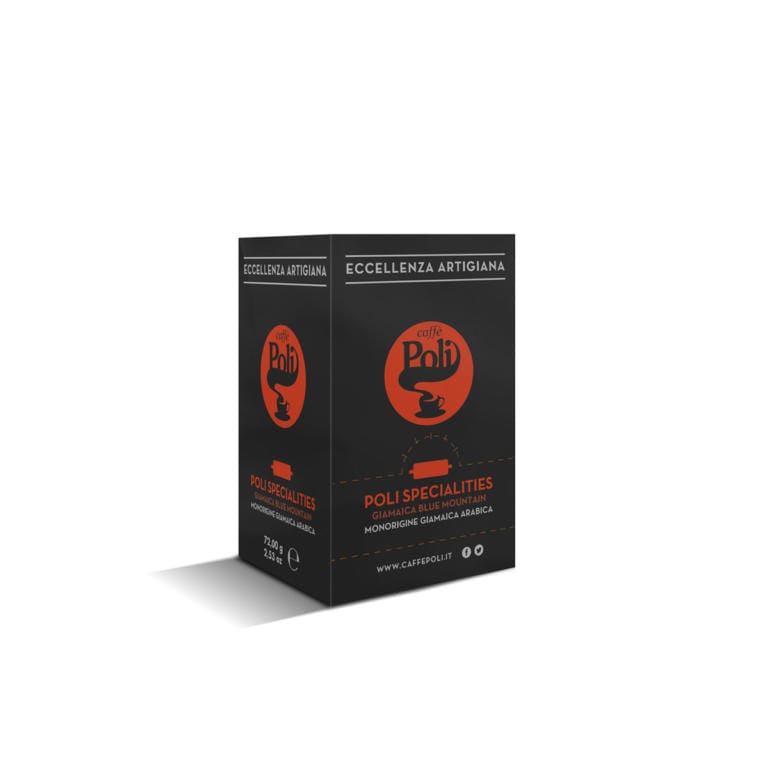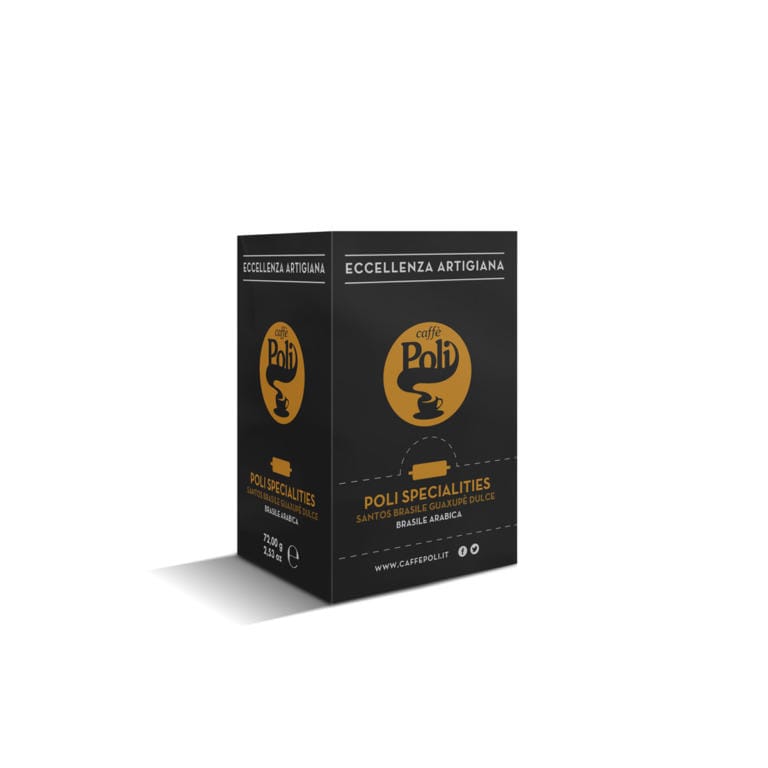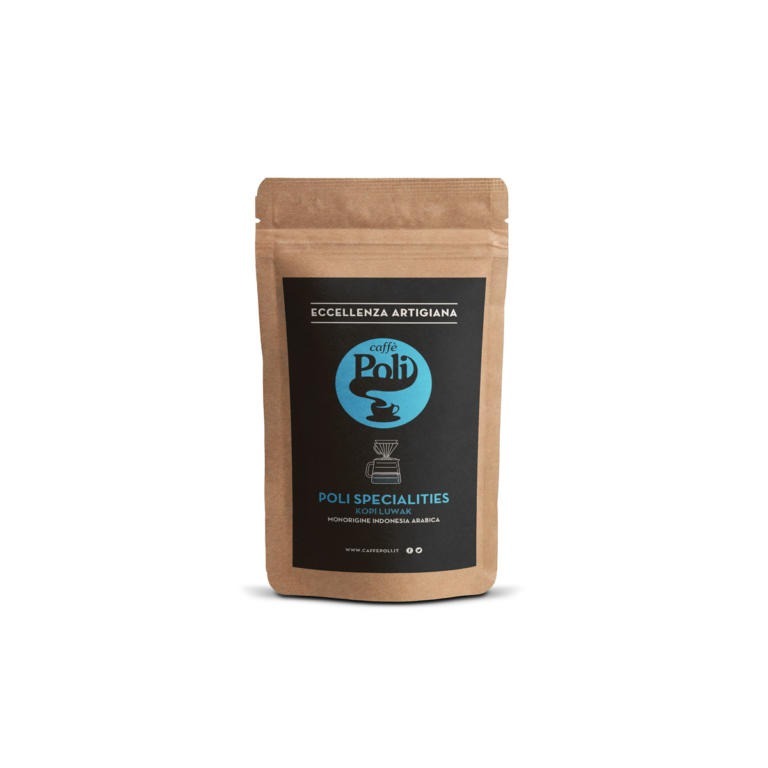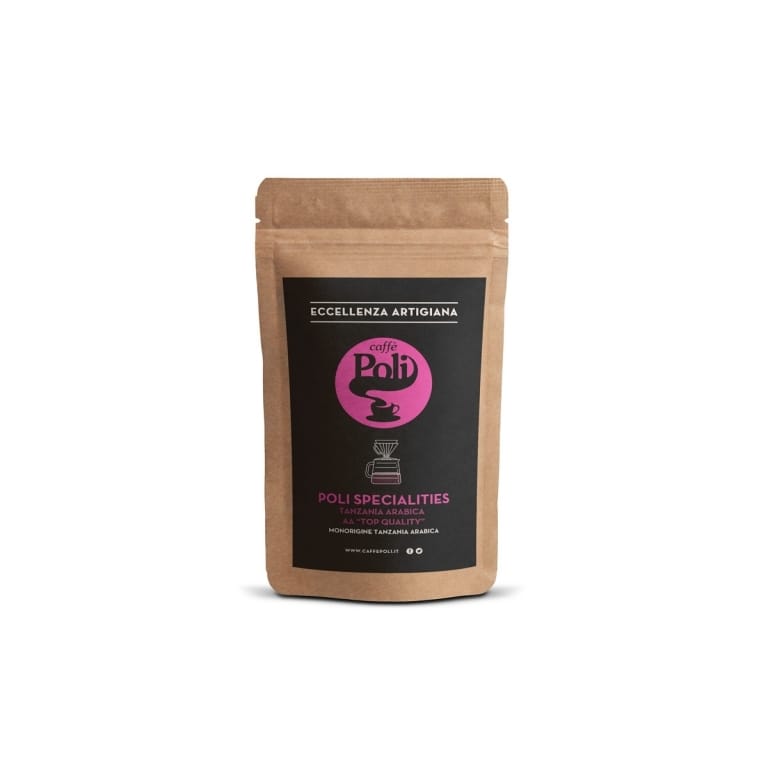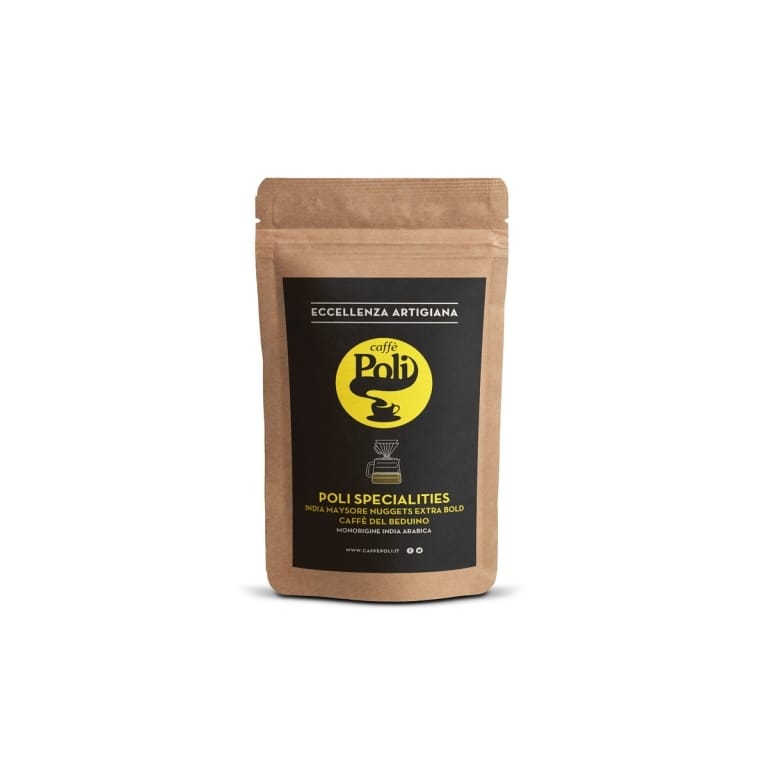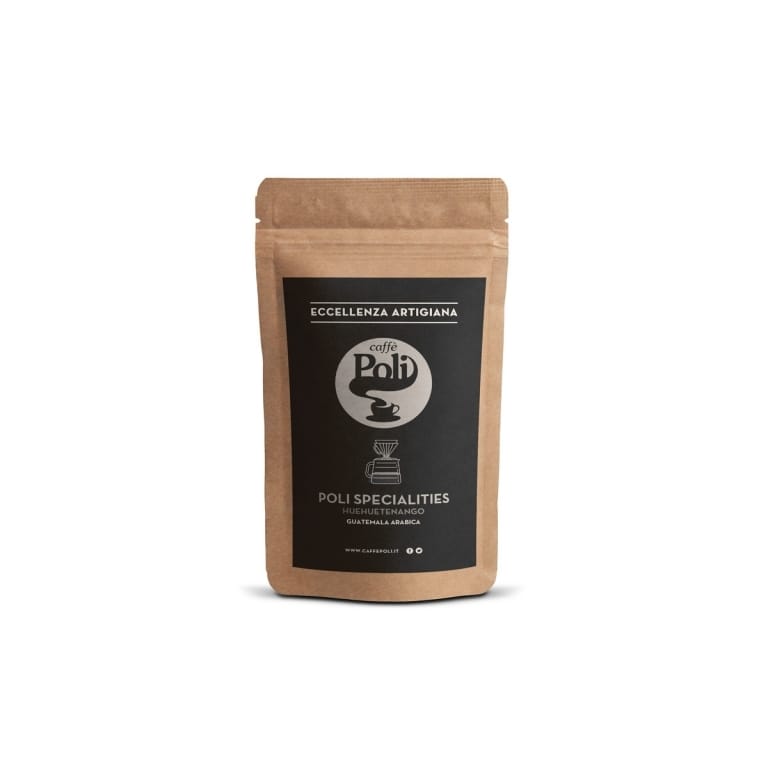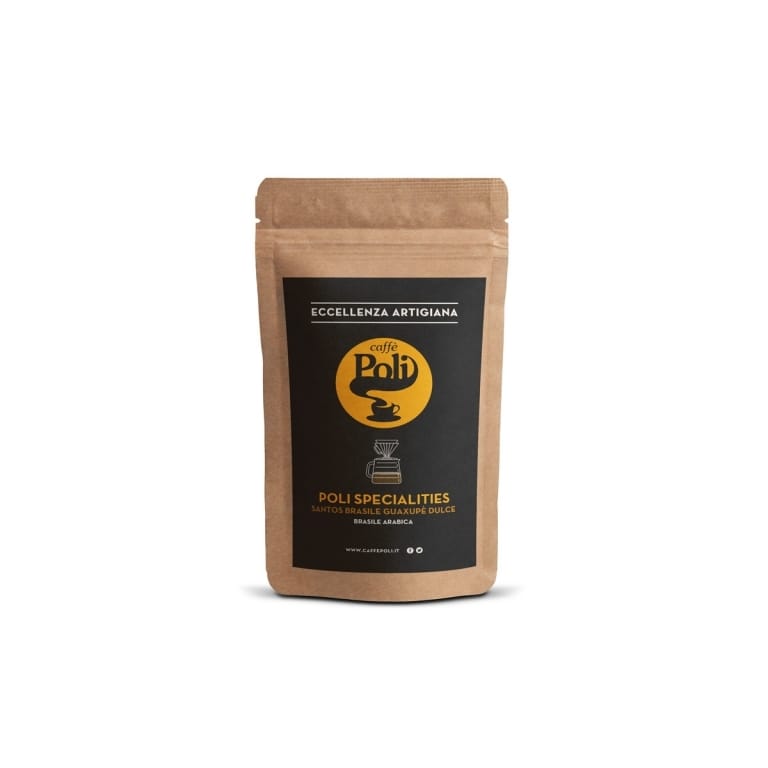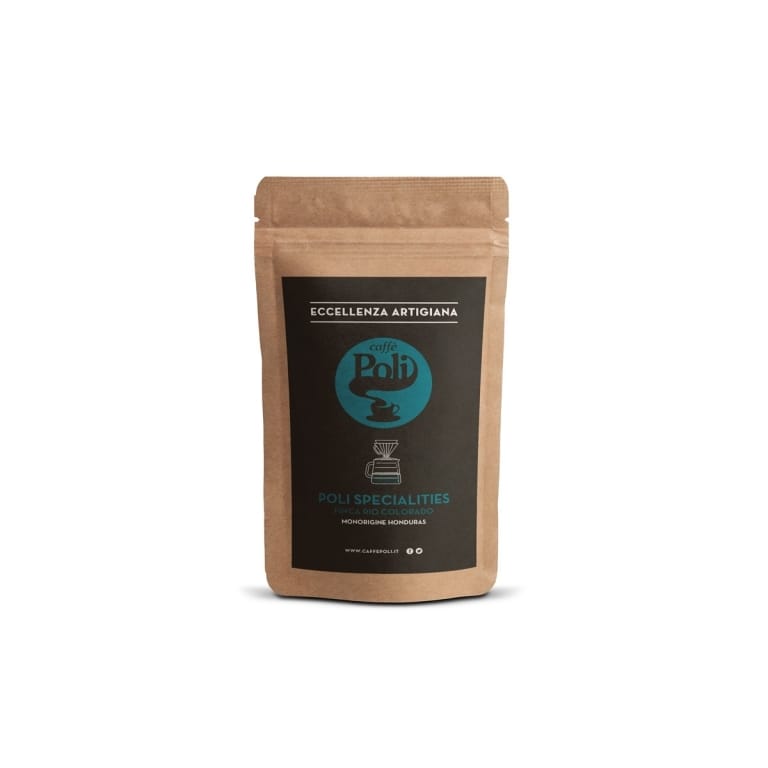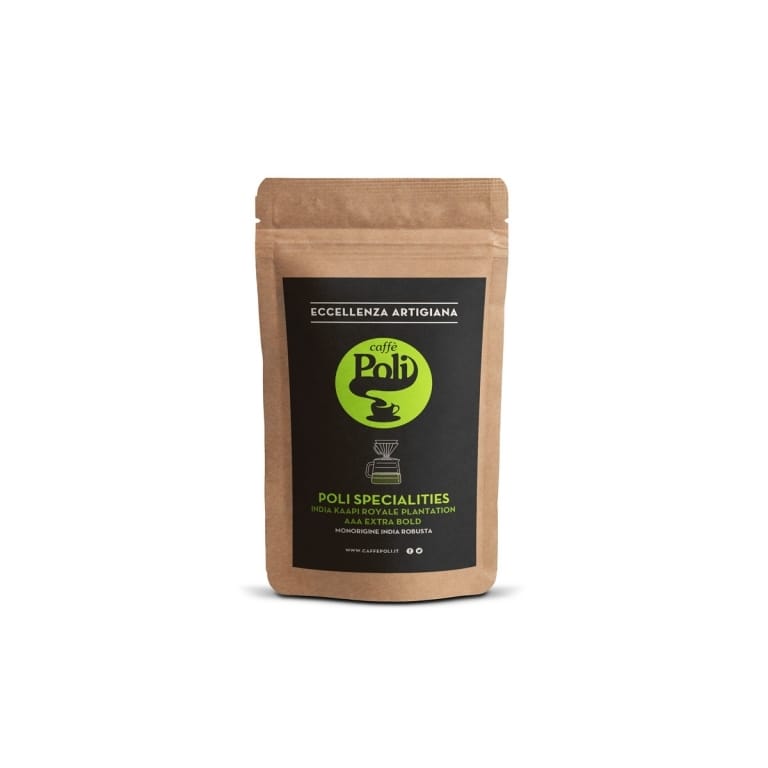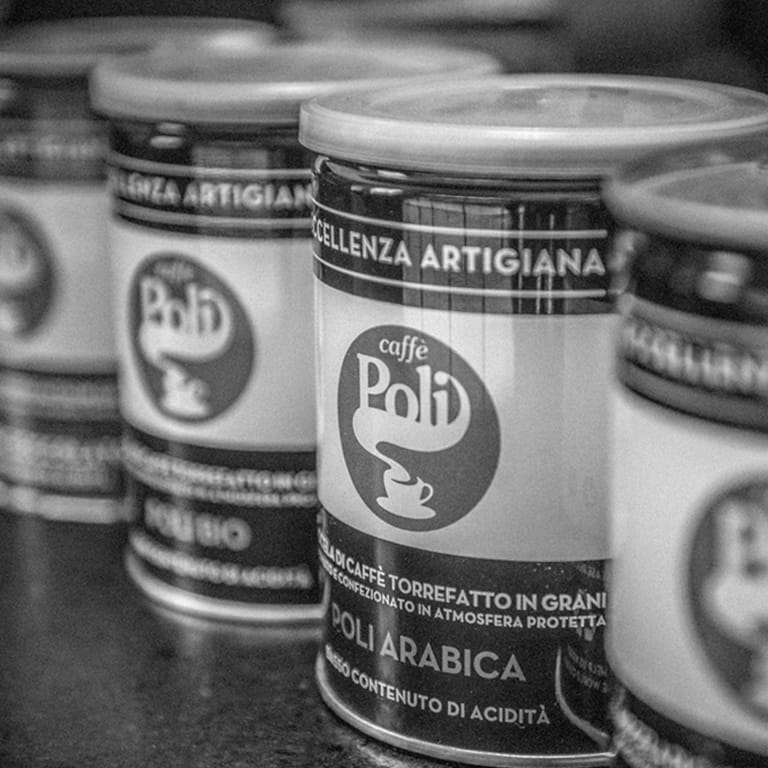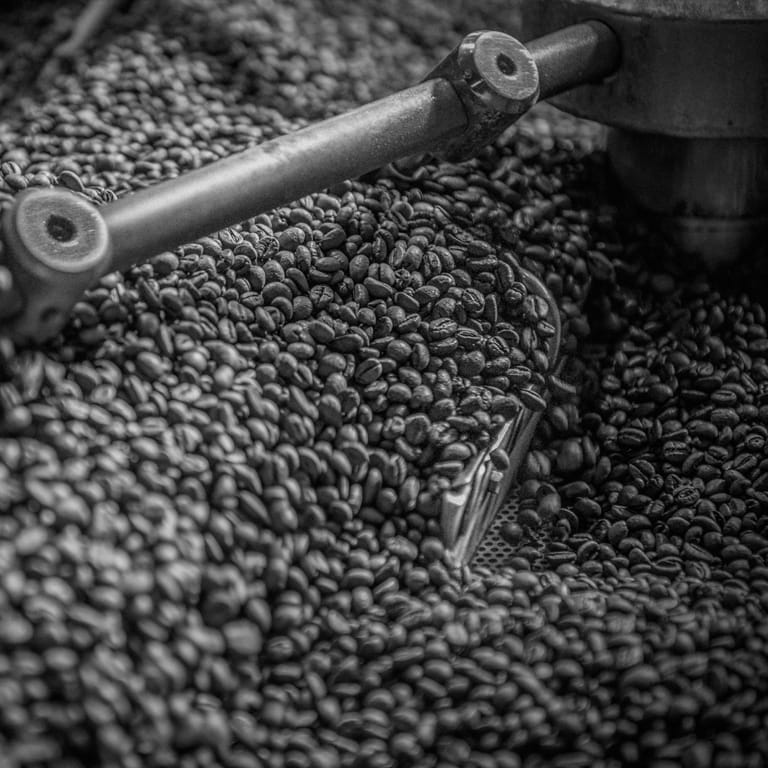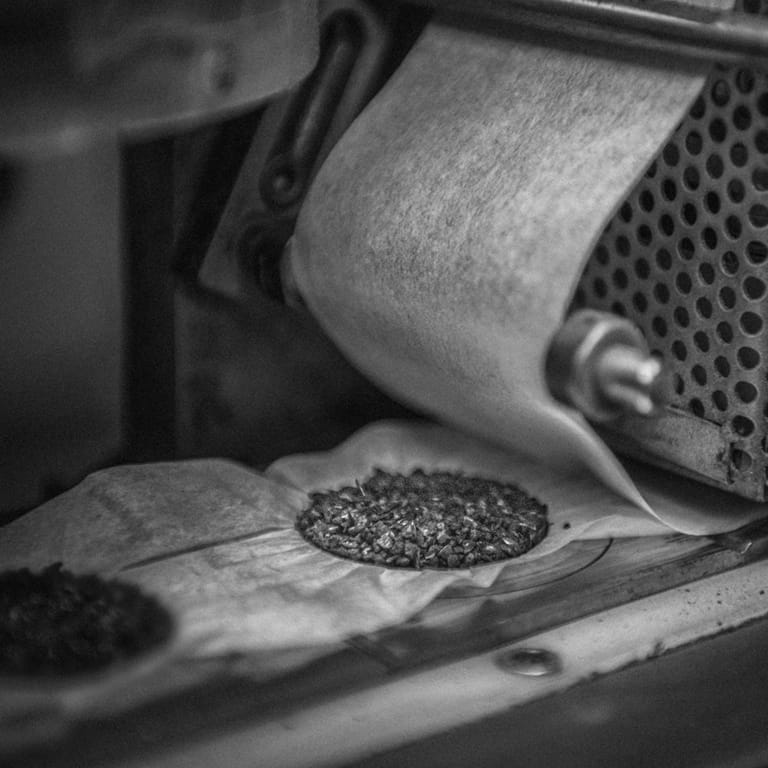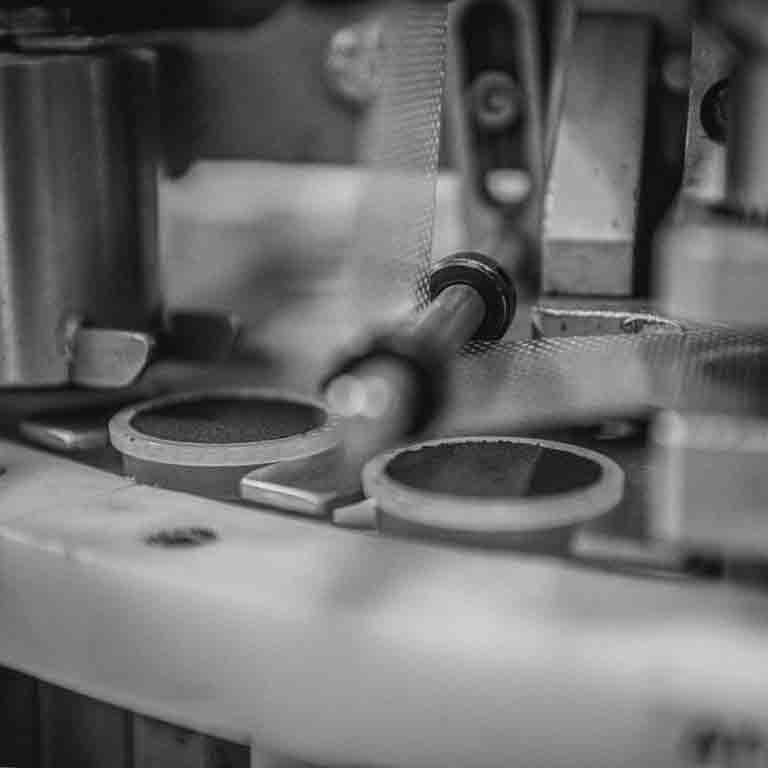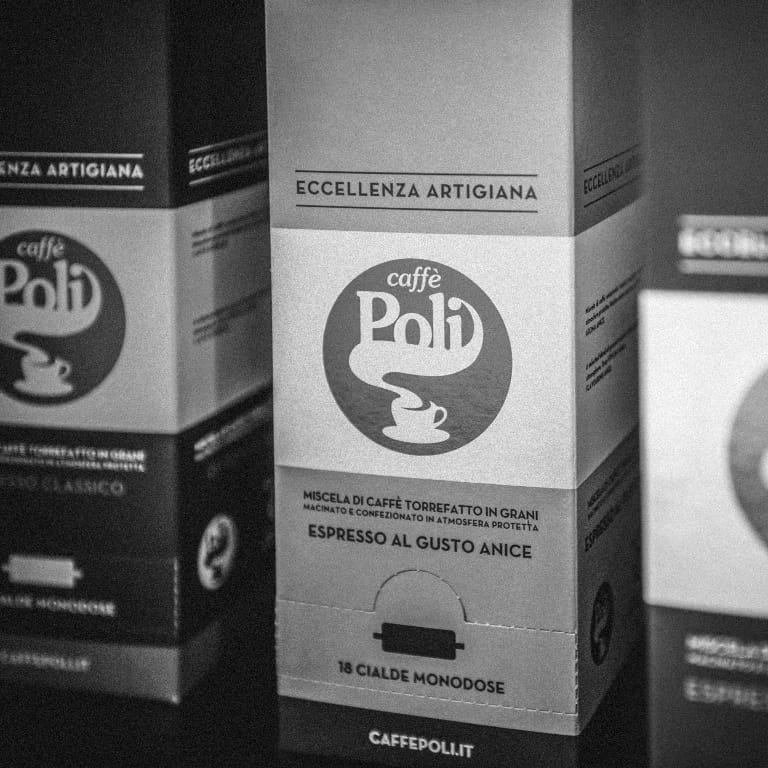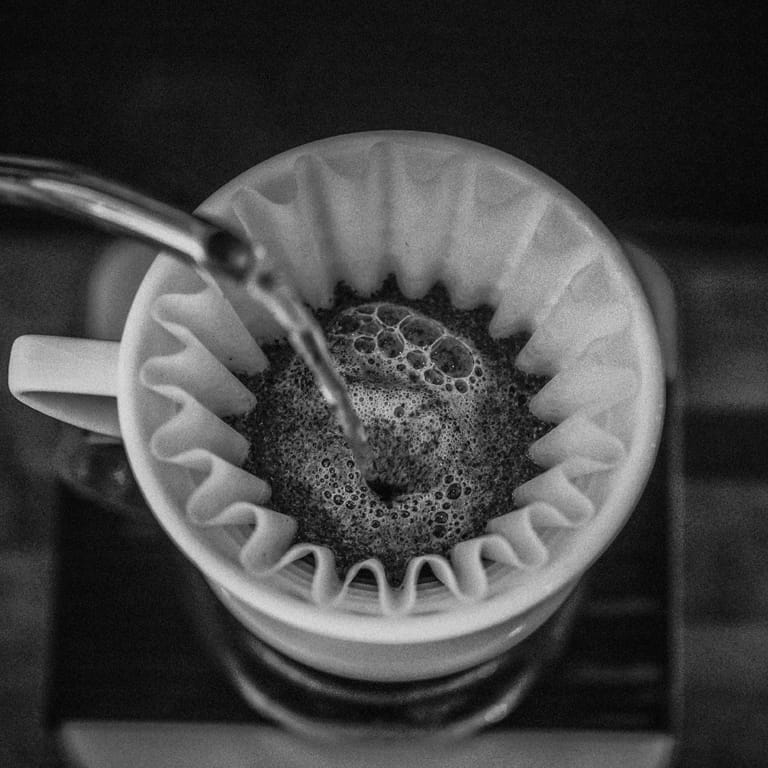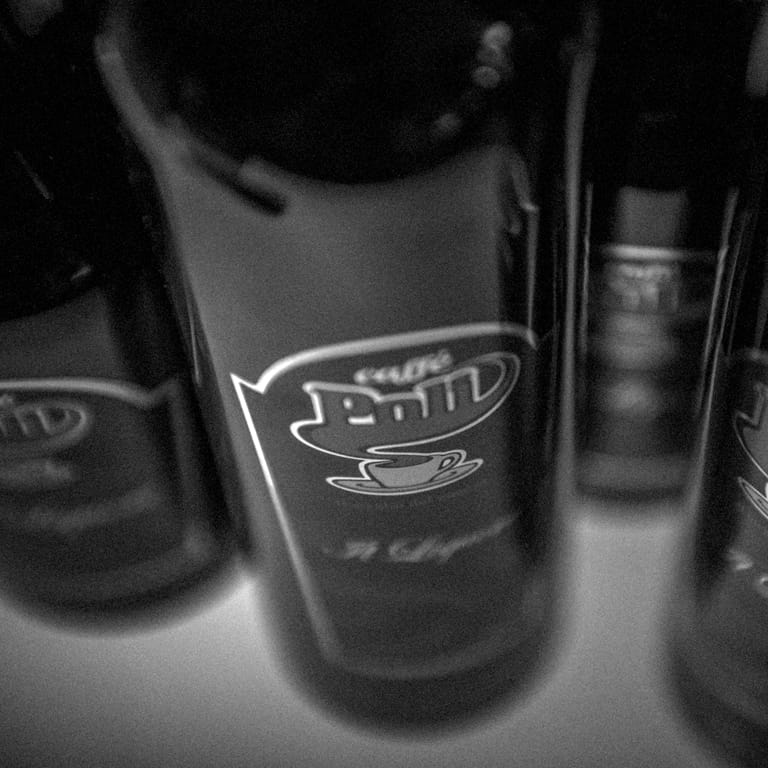The history
The amazing flavour of Jamaica Blue Mountain Coffee is seemingly due to the combination of three factors: altitude, the particular type of nutrient-rich lava terrain and the way individual coffee beans are processed post-harvest. With a height of over 2,500m above sea level, Jamaica’s Blue Mountains are the production hub of Jamaica Blue Mountain Coffee. Altitude, dense cloud cover yet low annual rainfall slow the ripening of coffee beans, which require over ten months in this region compared to a maximum of 5/6 months in other areas. A longer ripening time resultsin larger beans with greater complexity and flavour concentration. The Jamaican government plays an important role in safeguarding the production and distribution of coffee, ensuring the highest standard of quality is retained in every bean and every single cup of coffee. Only coffee grown at altitudes between 1000 and 2000 metres will take the name Jamaica Blue Mountain.
Plants growing between 500 and 1000 metres will produce coffee marketed as Jamaica High Mountain. Finally, coffee harvested at altitudes below 500 metres will be called Jamaica Low Mountain or Jamaica Supreme Coffee.
Geography also contributes to the quality of the coffee: only terrains with the right amount of sun exposure and the right soil composition will produce Jamaica Blue Mountain, similarly to what happens to Italian wines with the DOC designation. Another unique characteristic of Jamaica Blue Mountain is that the coffee is allowed to rest for six weeks after it has been de-pulped and washed. Finally, every single batch undergoes strict quality controls on appearance and taste before it is allowed to be exported in order to ensure that it is of the highest quality.
